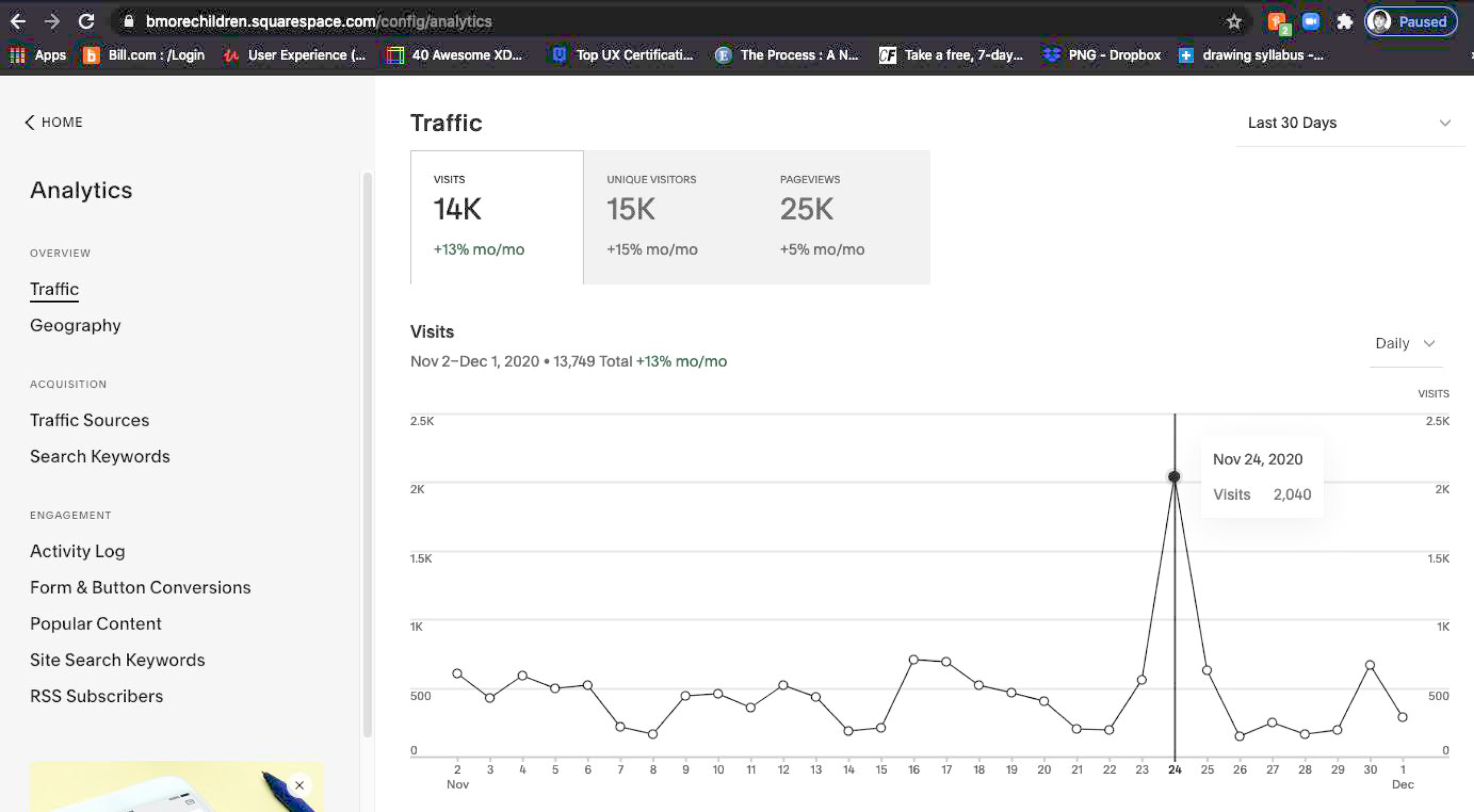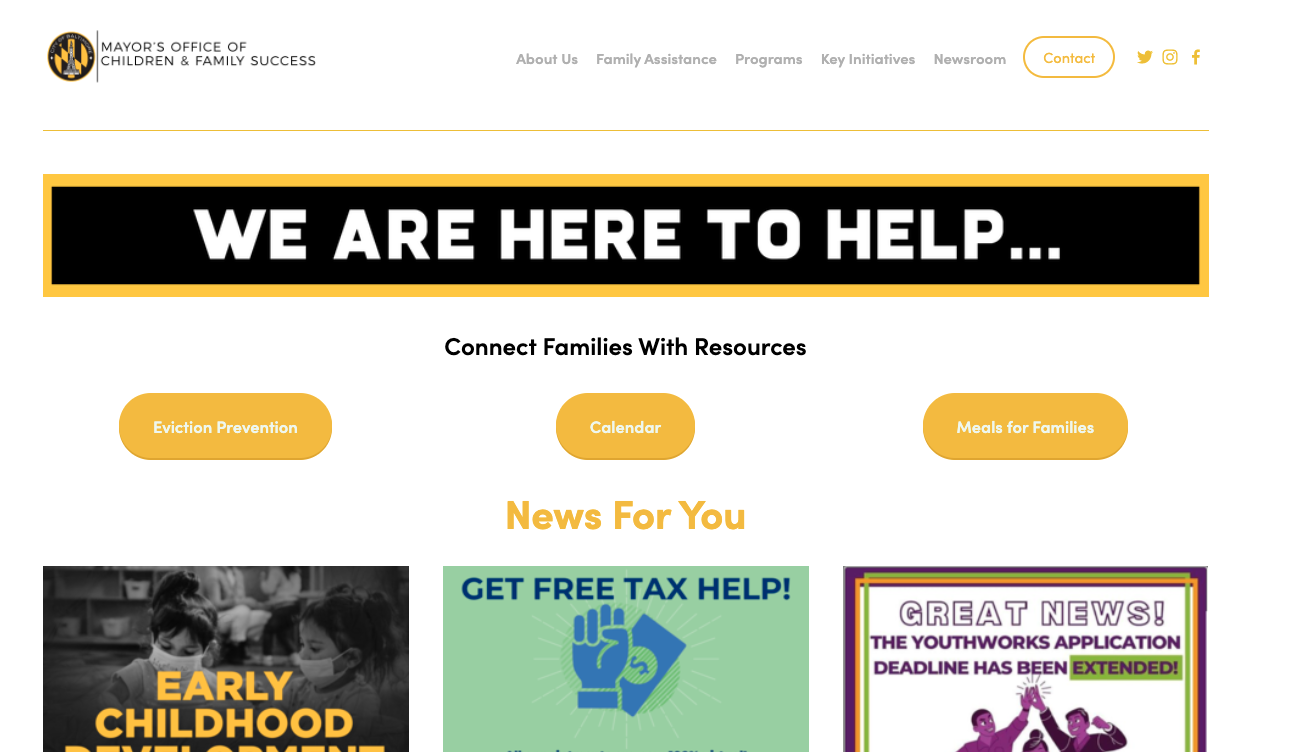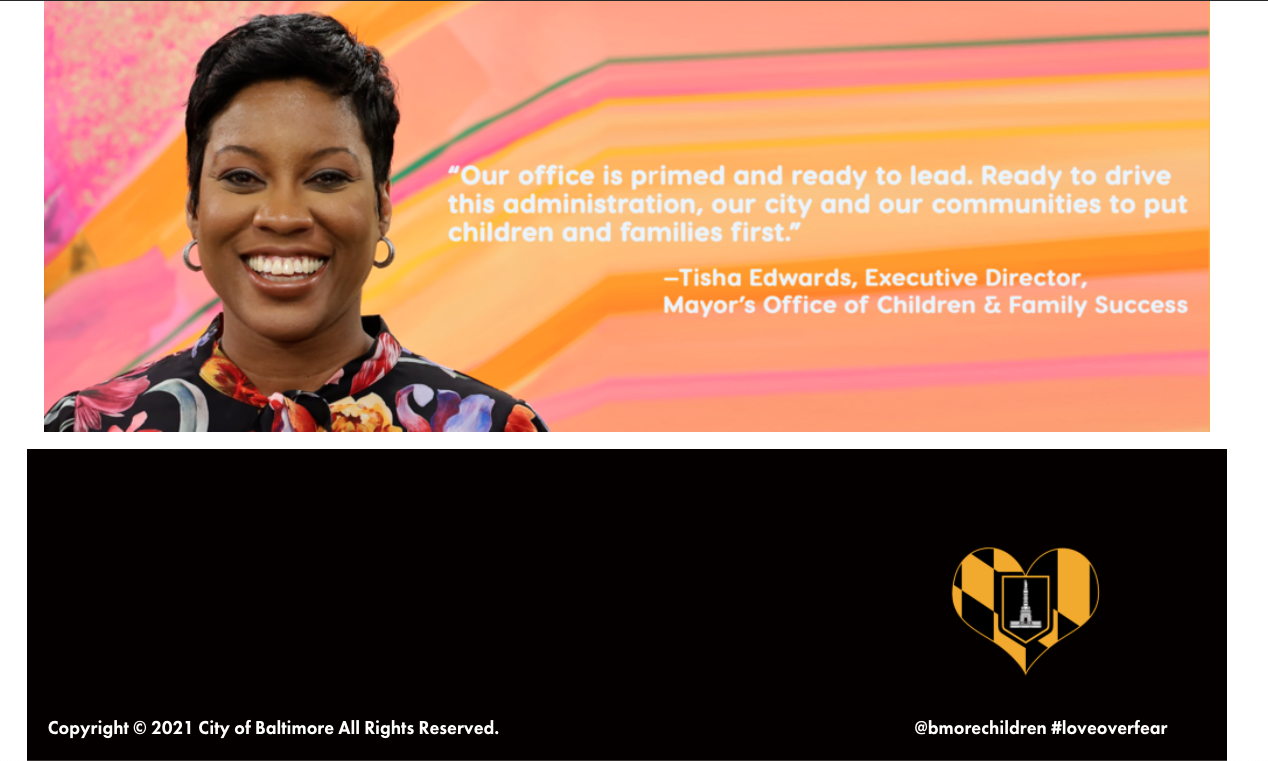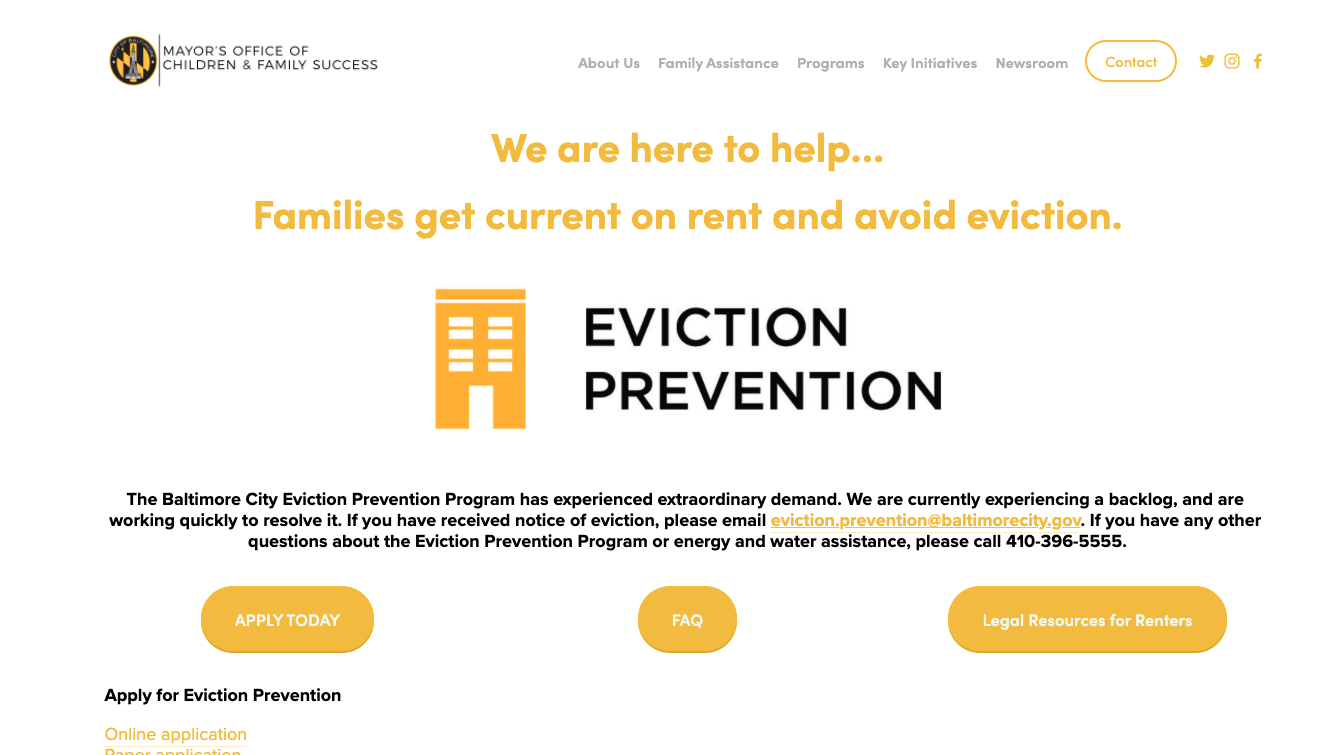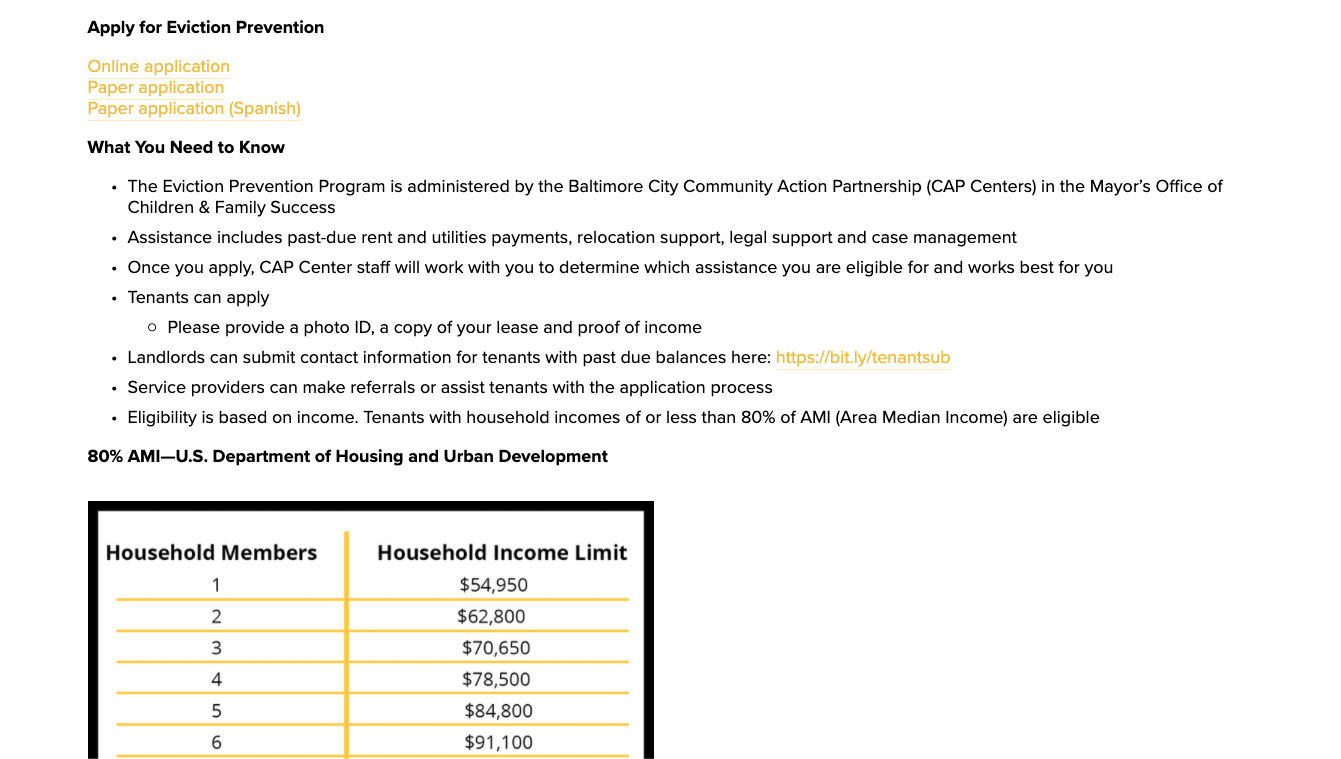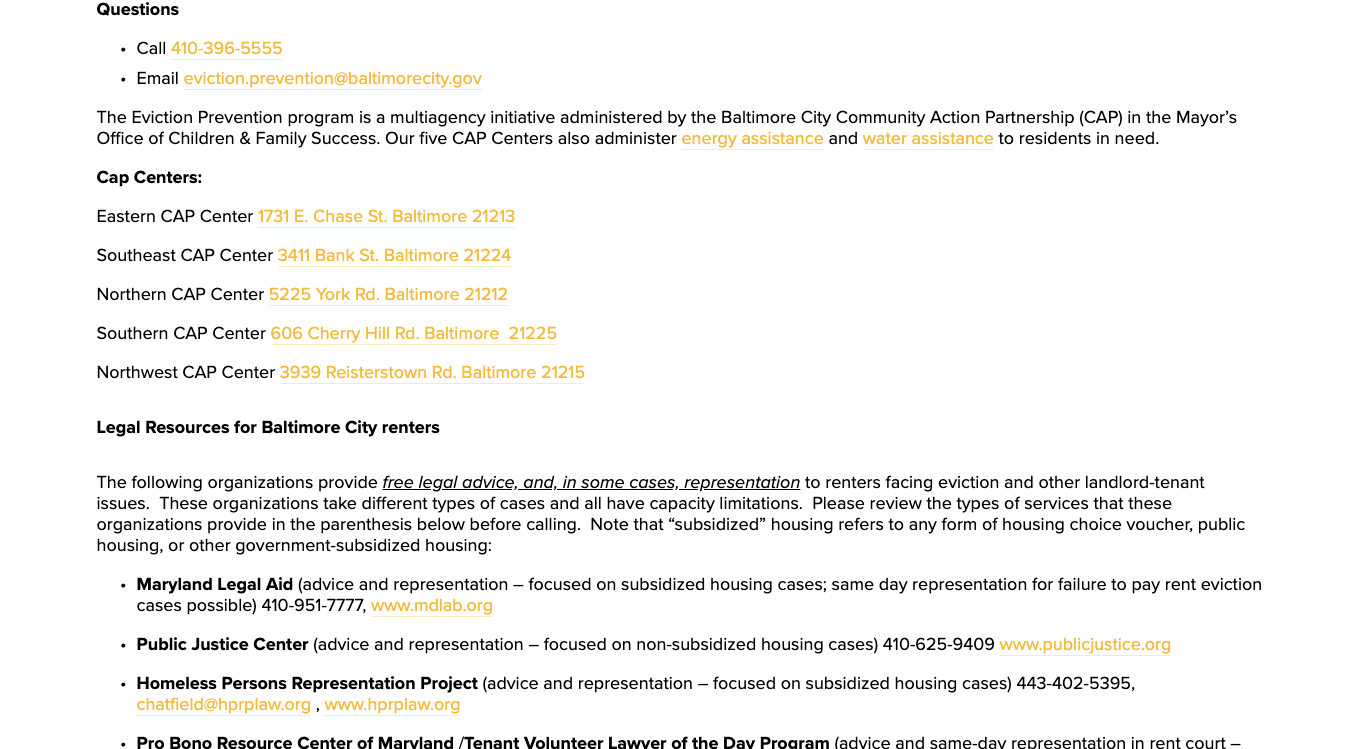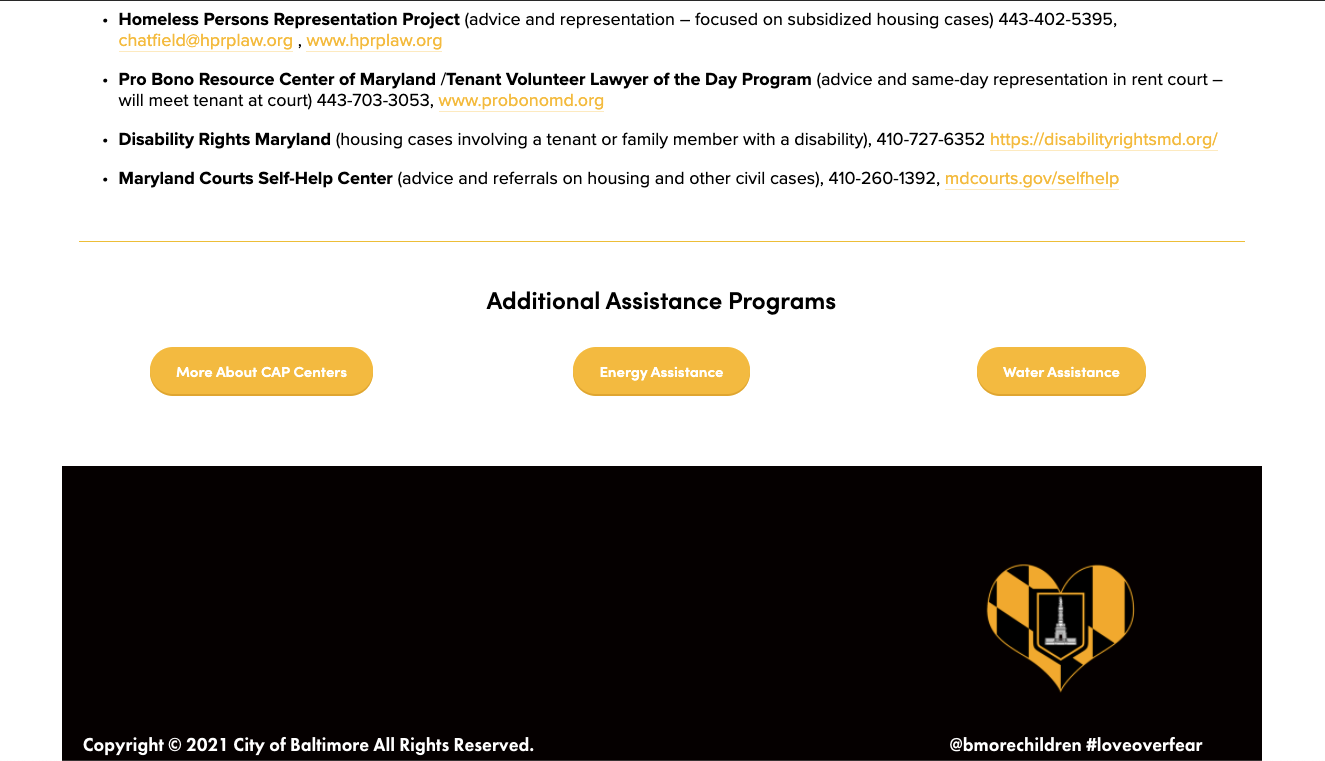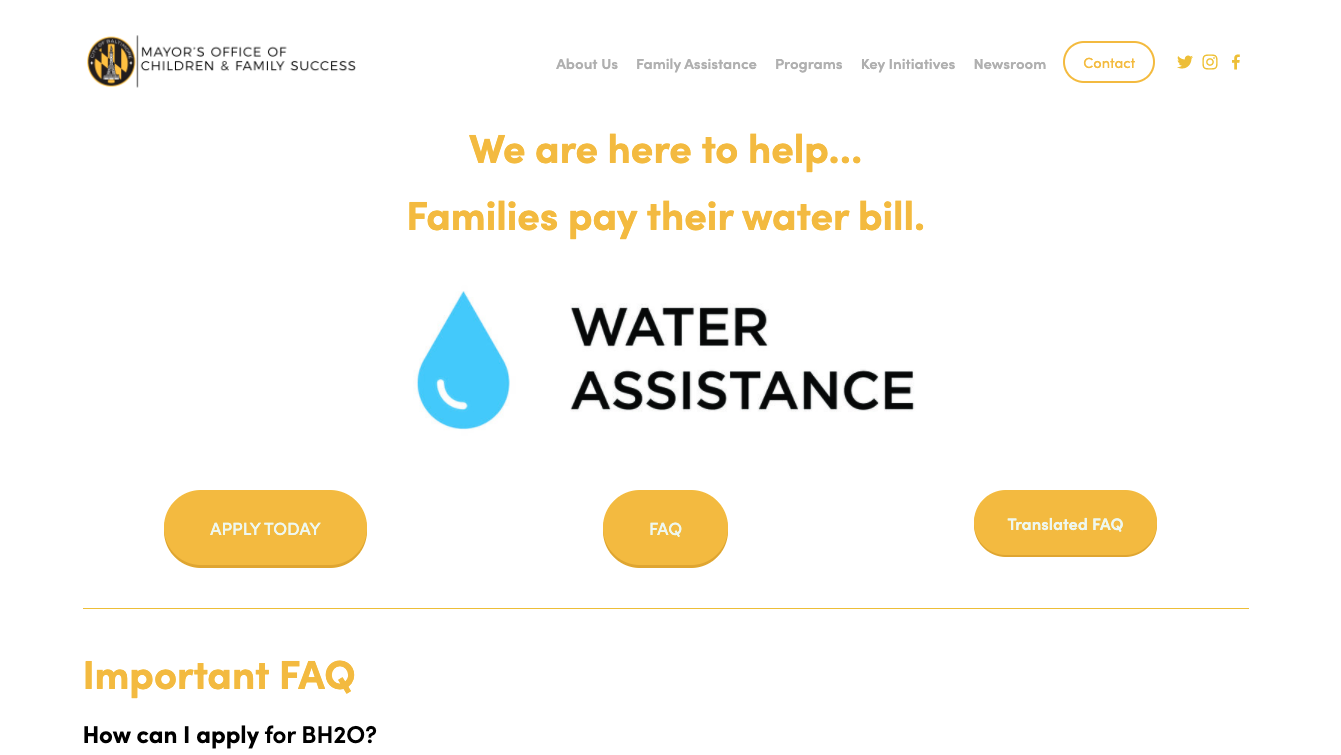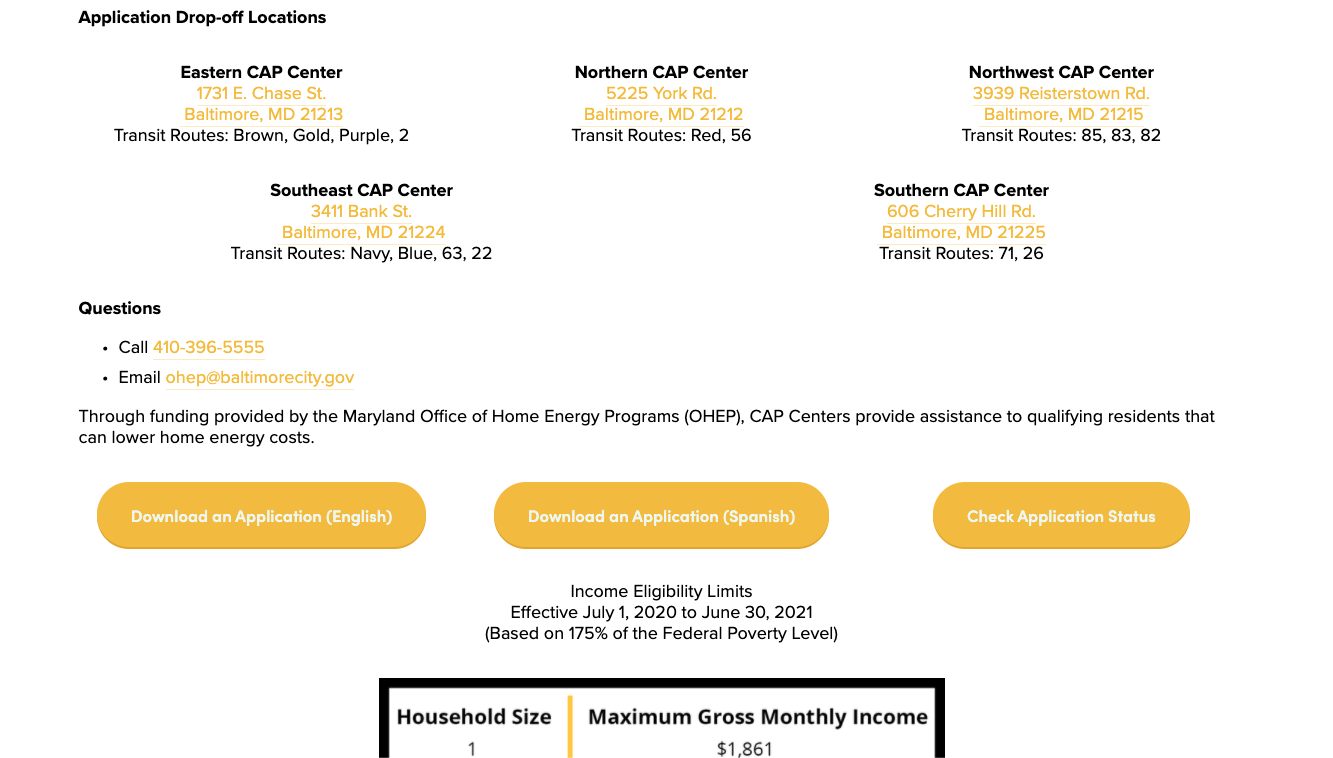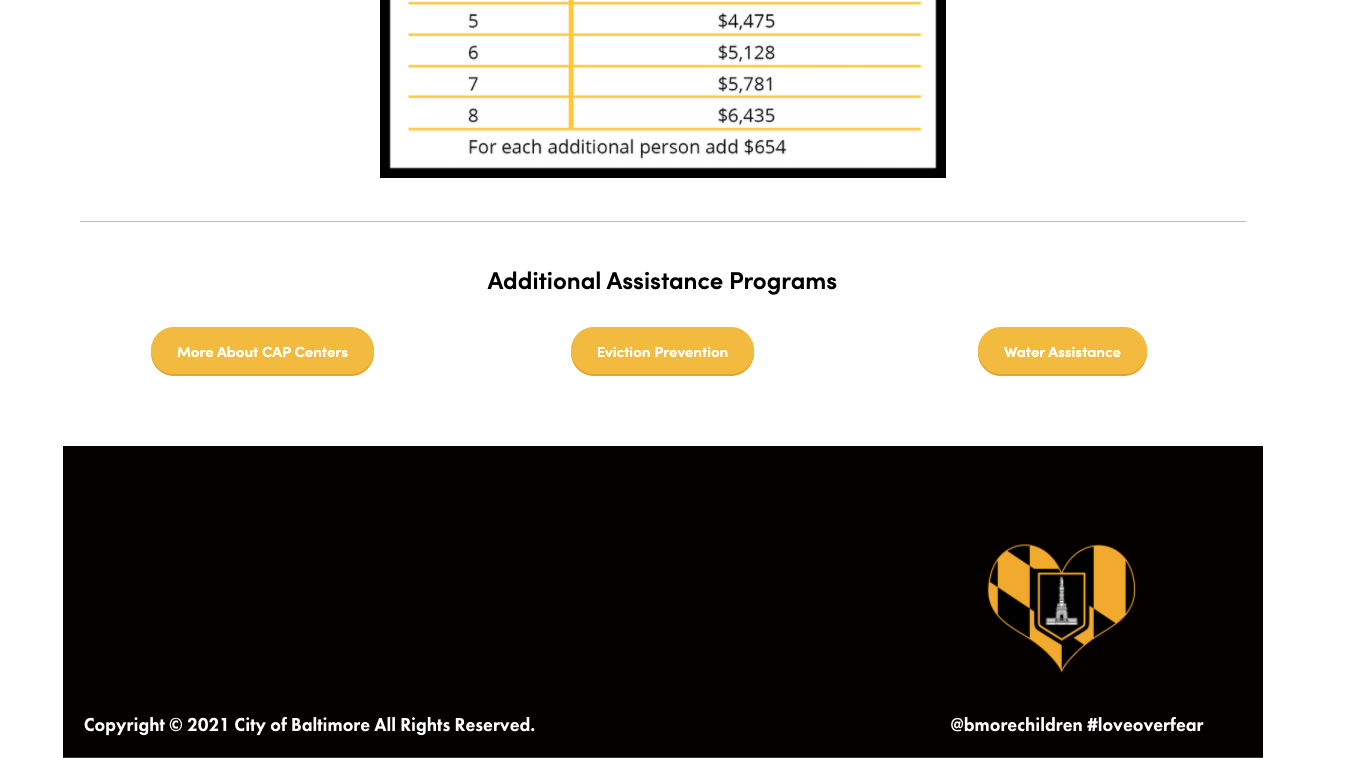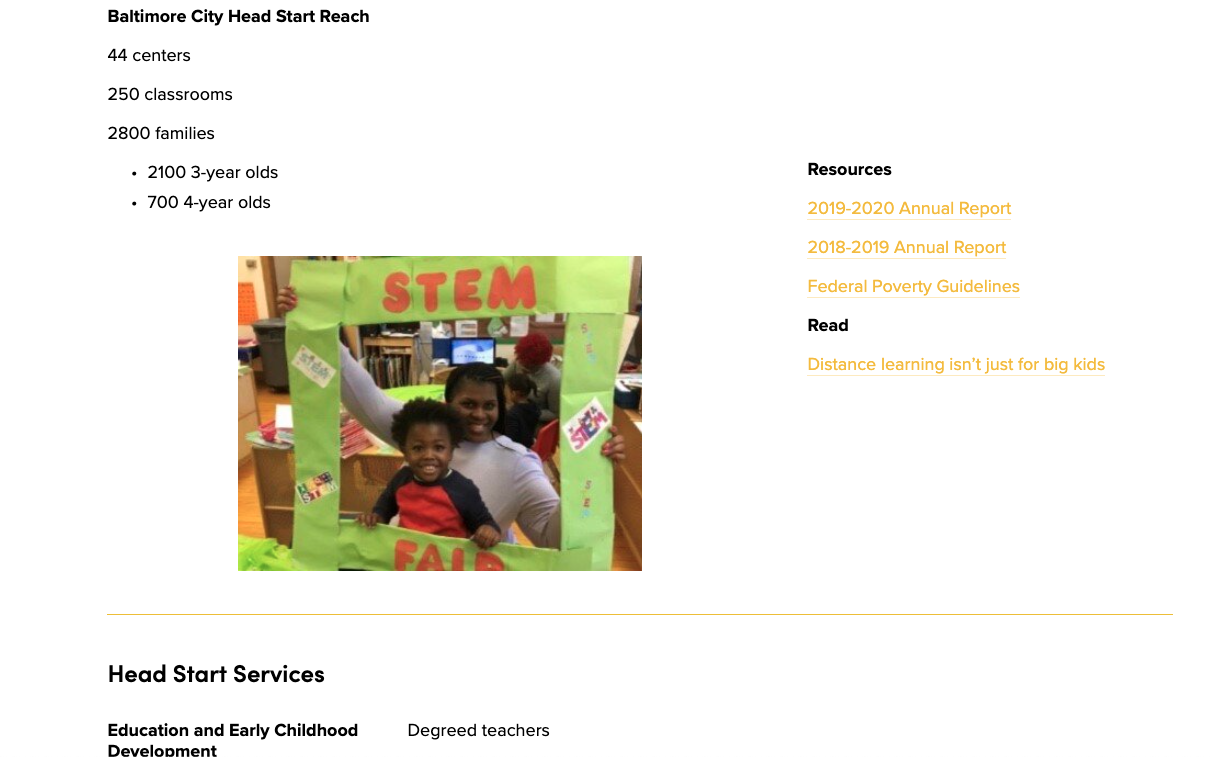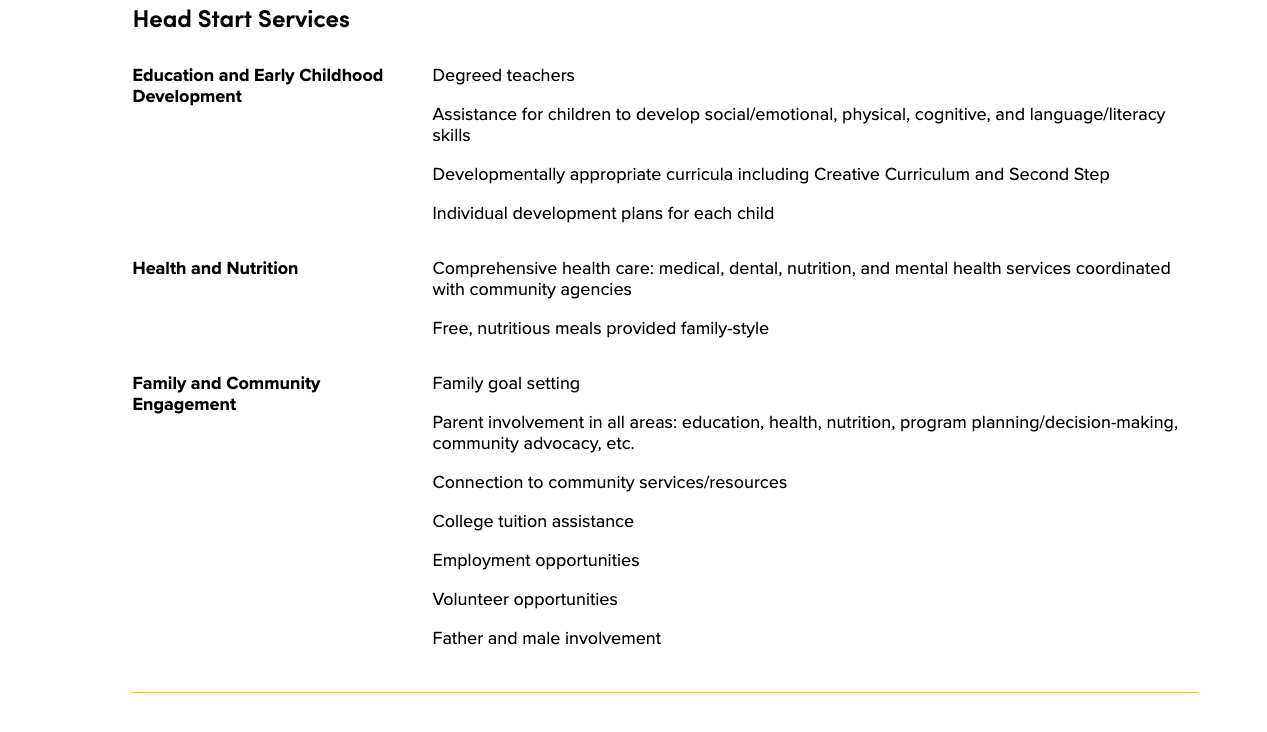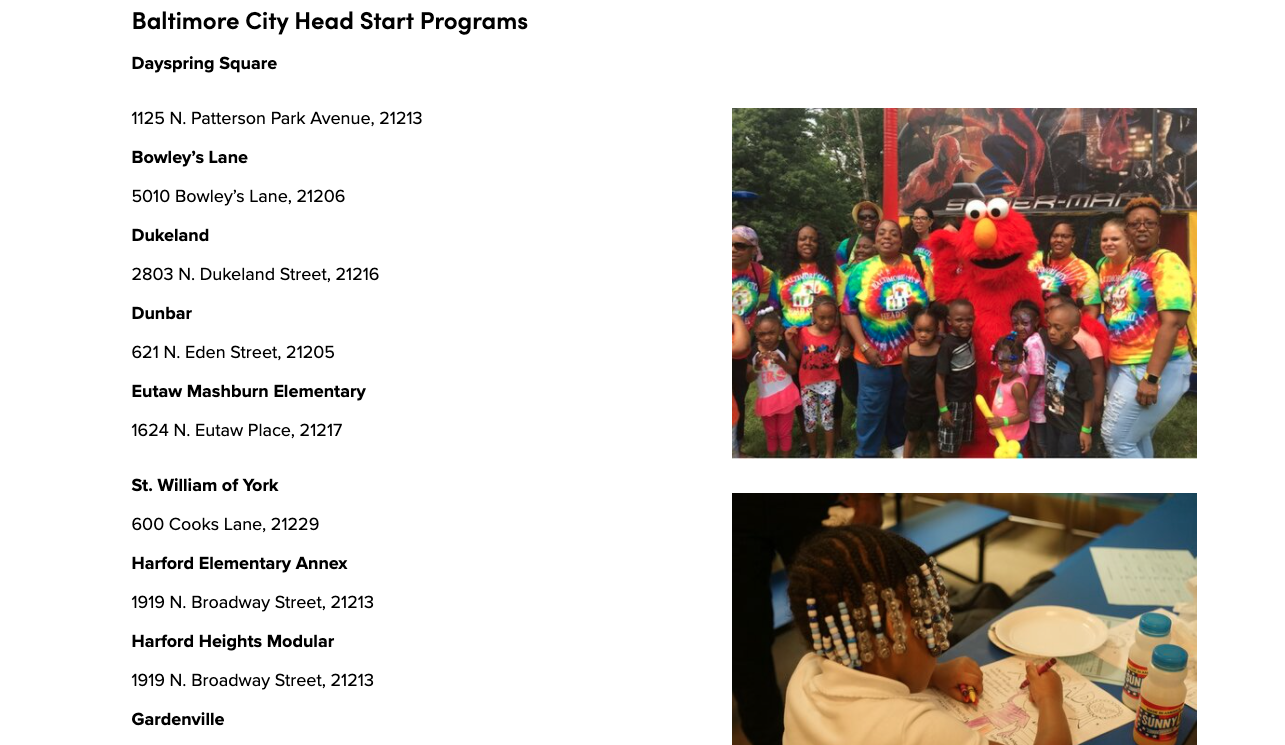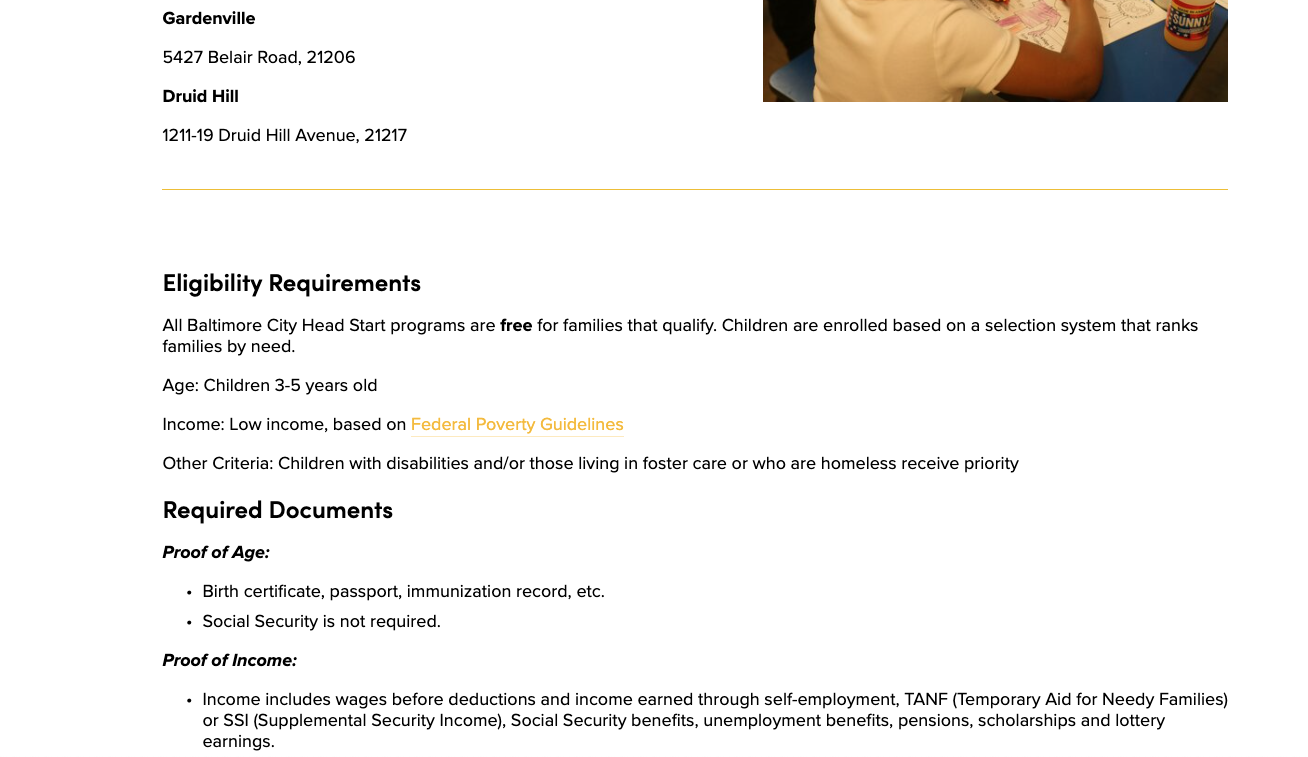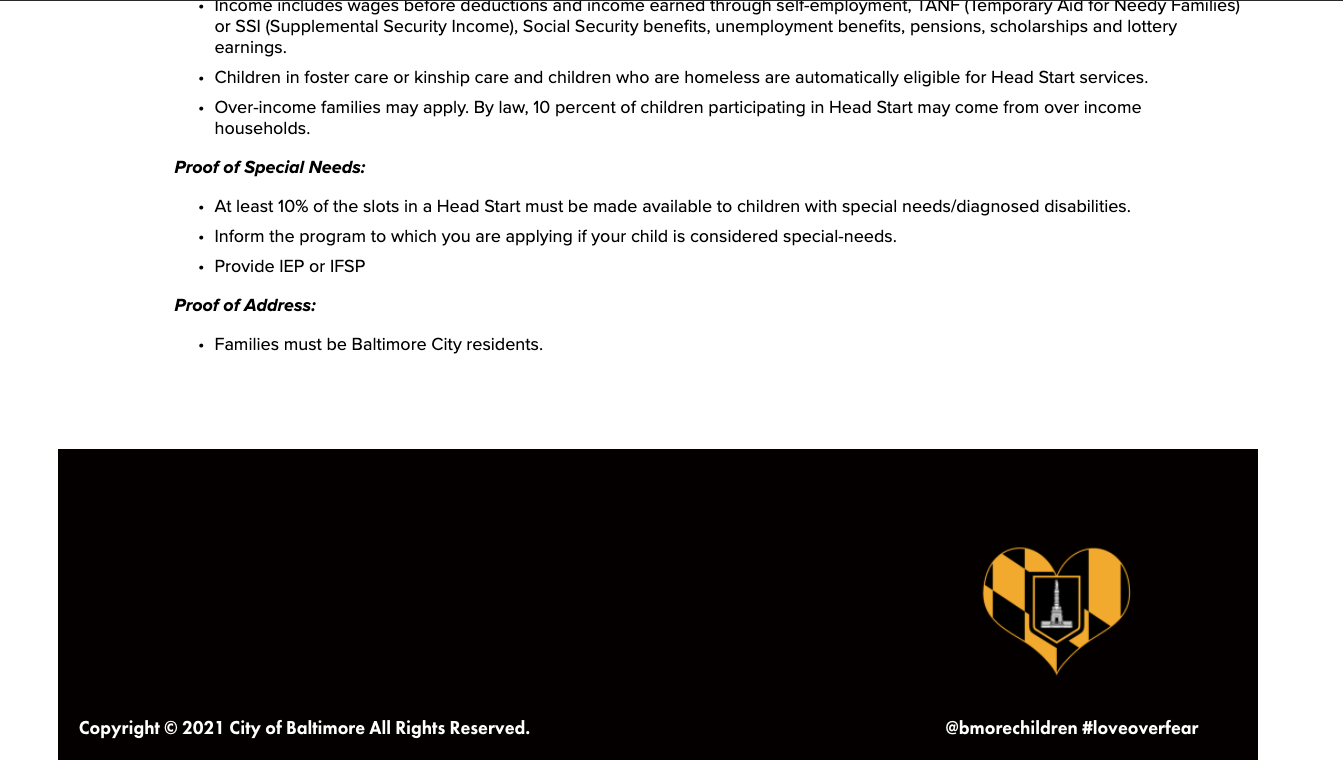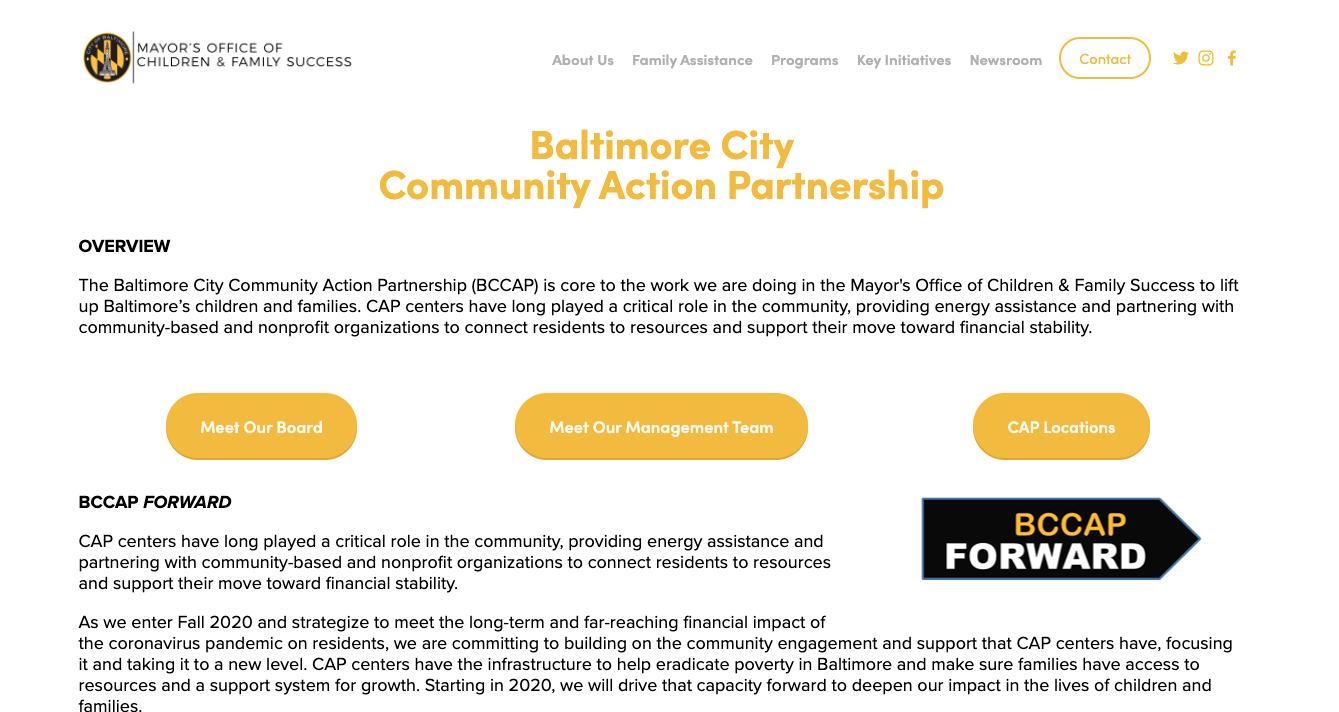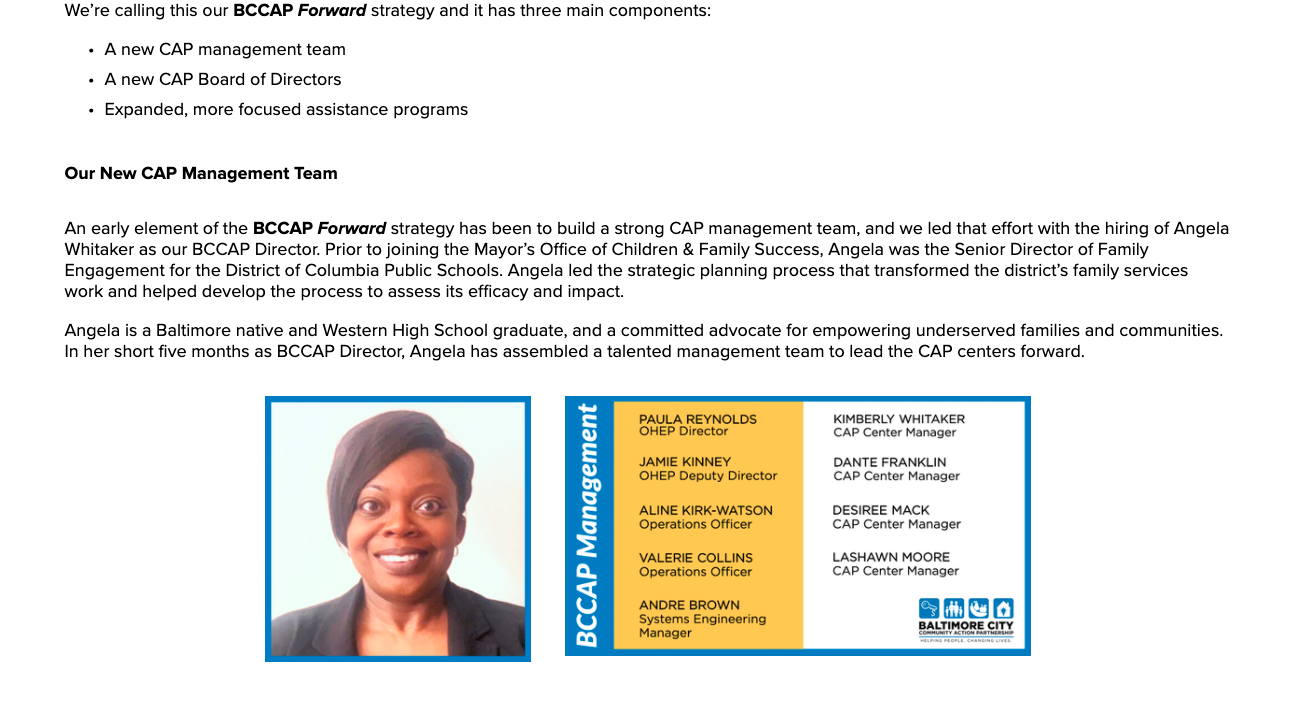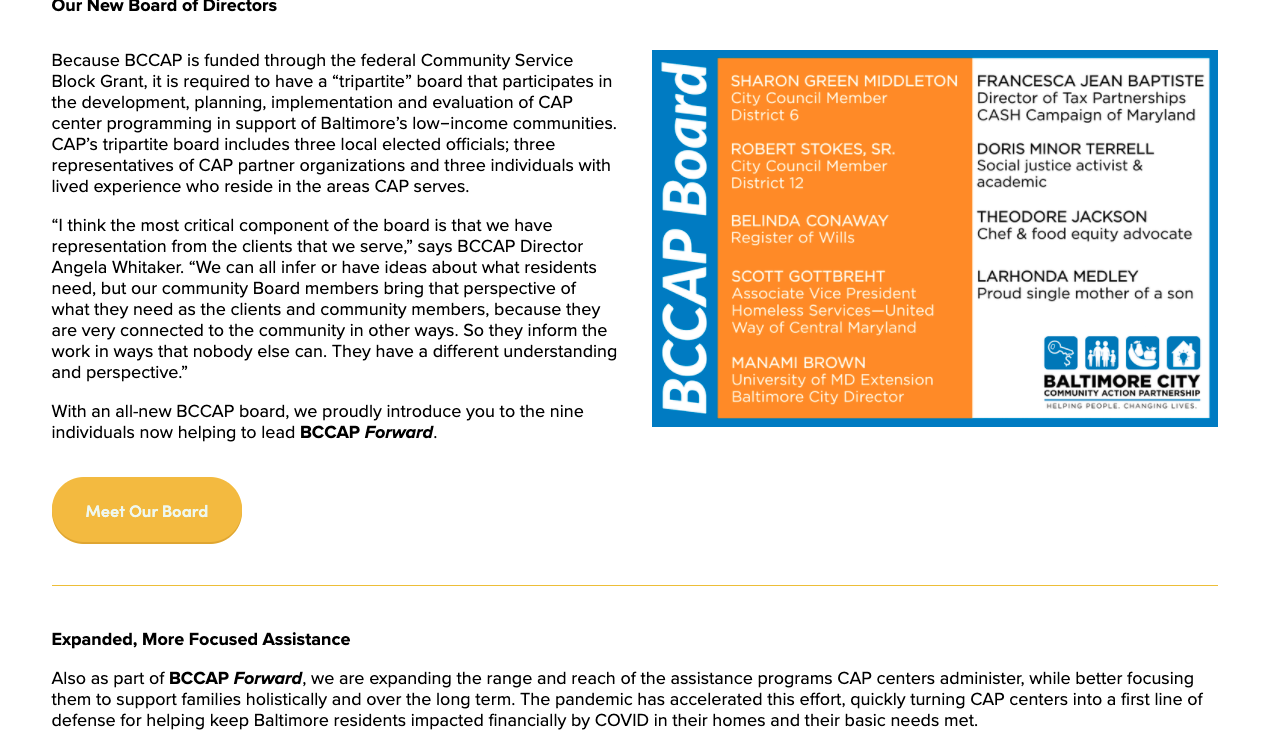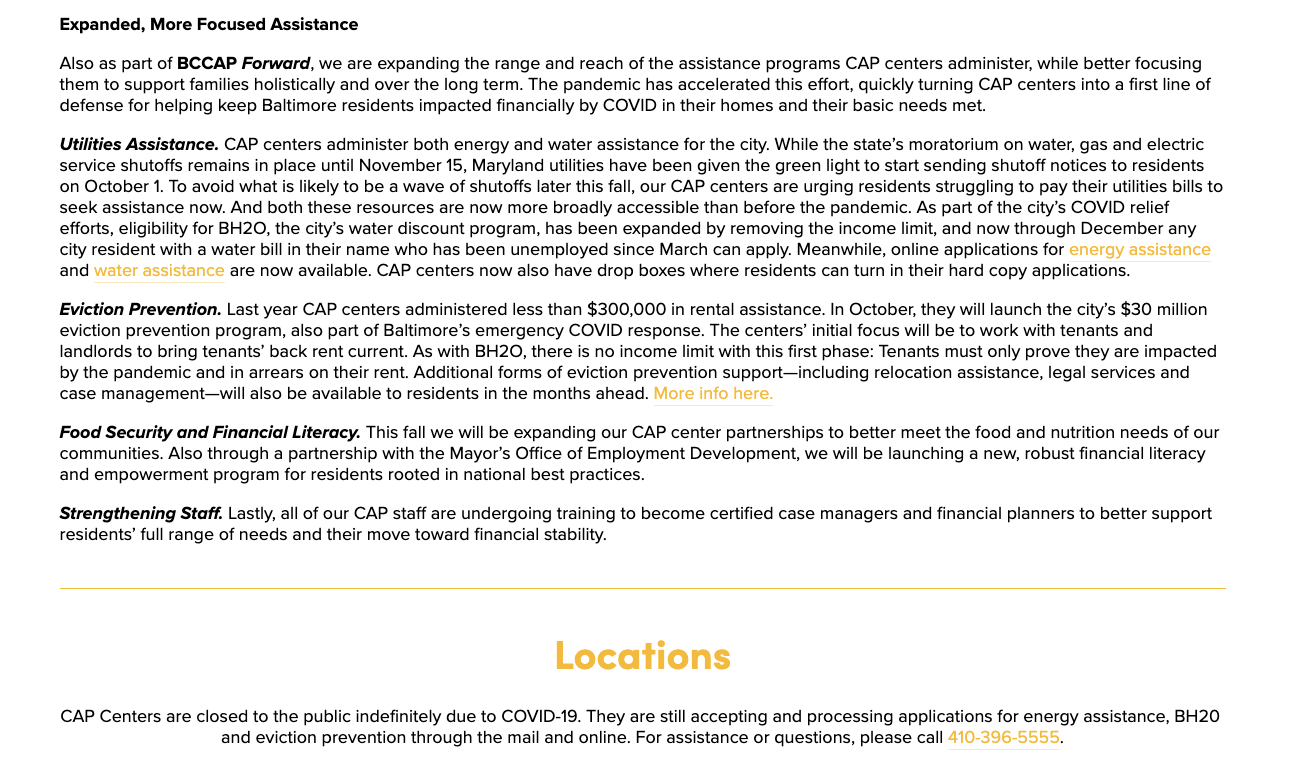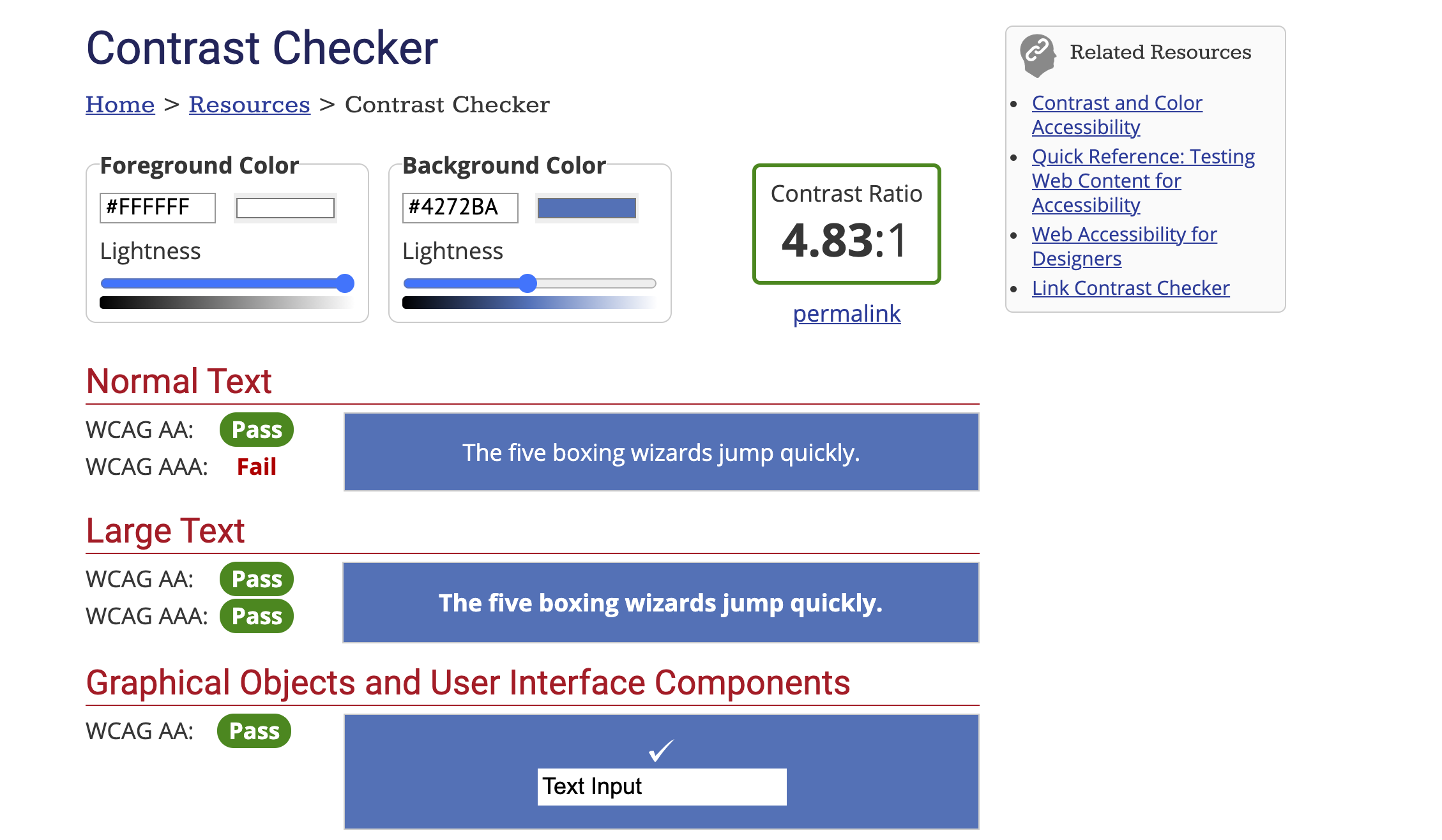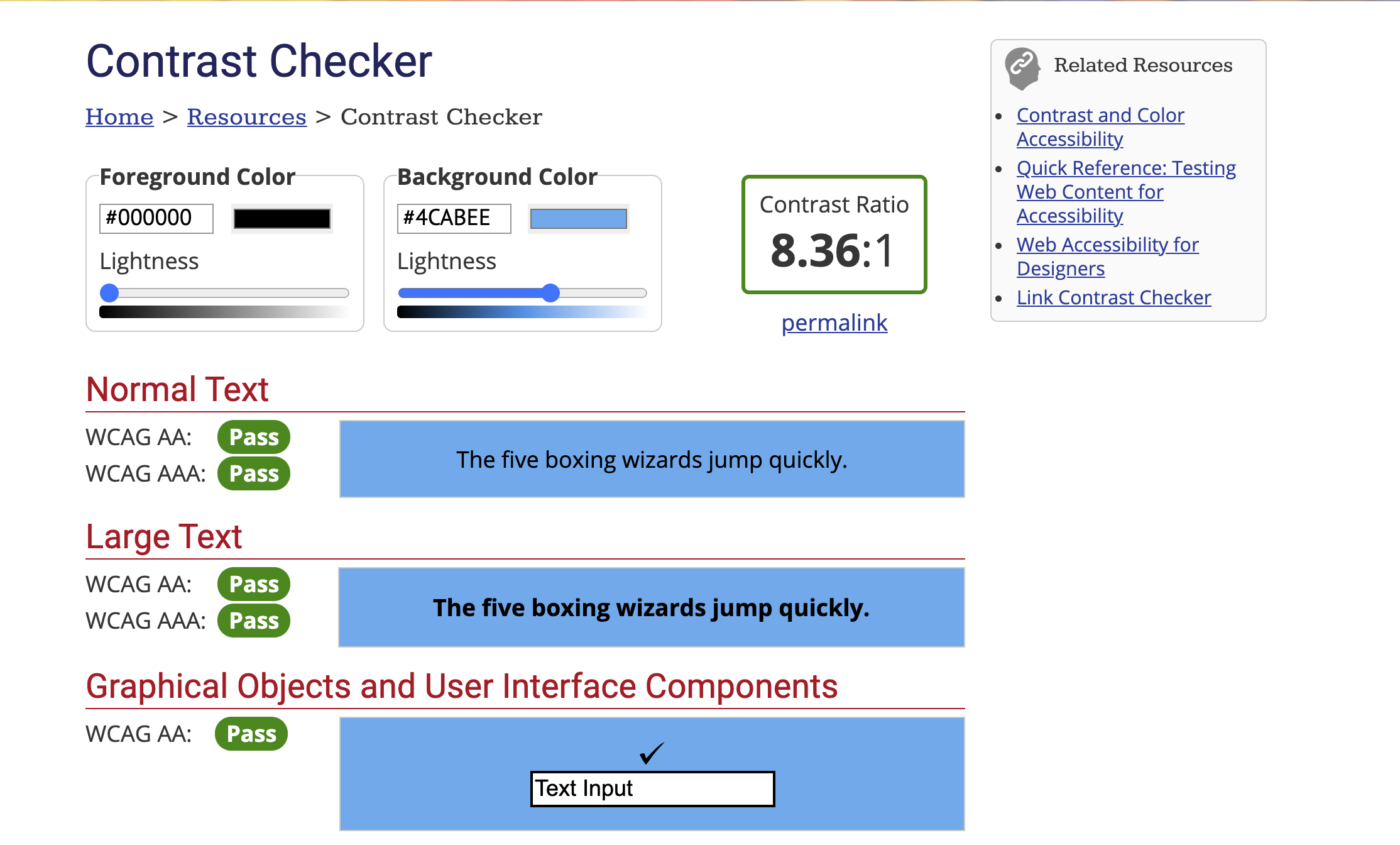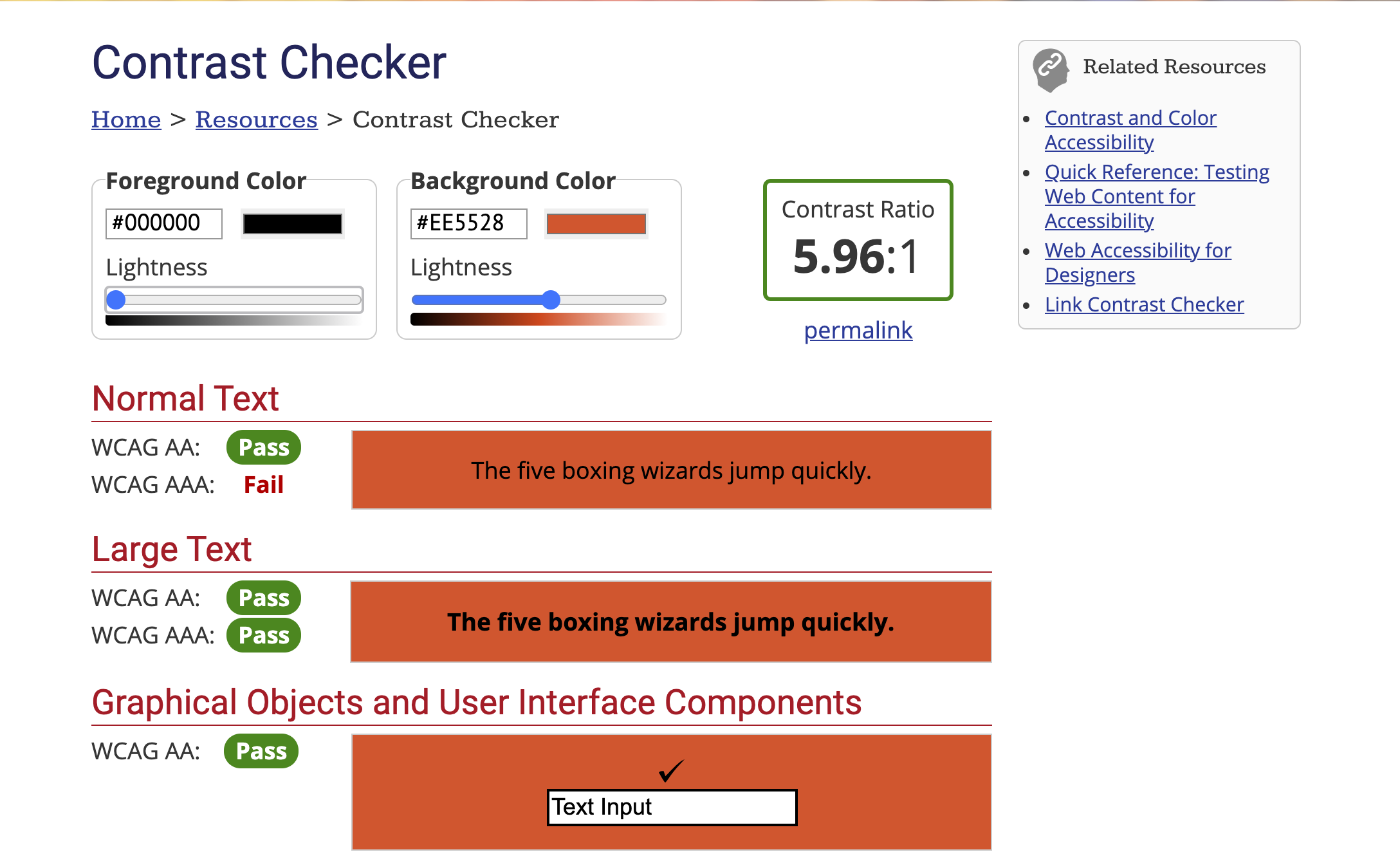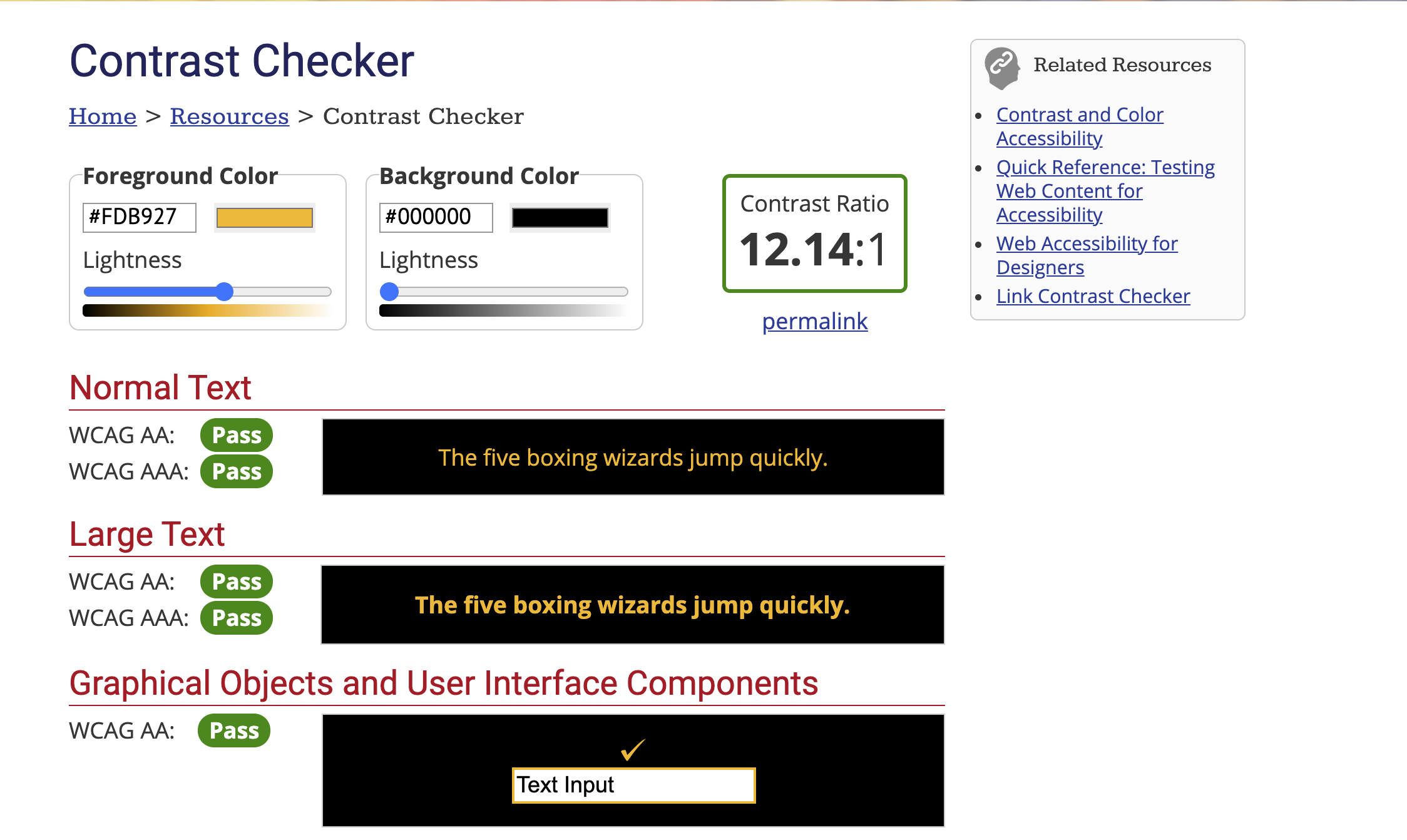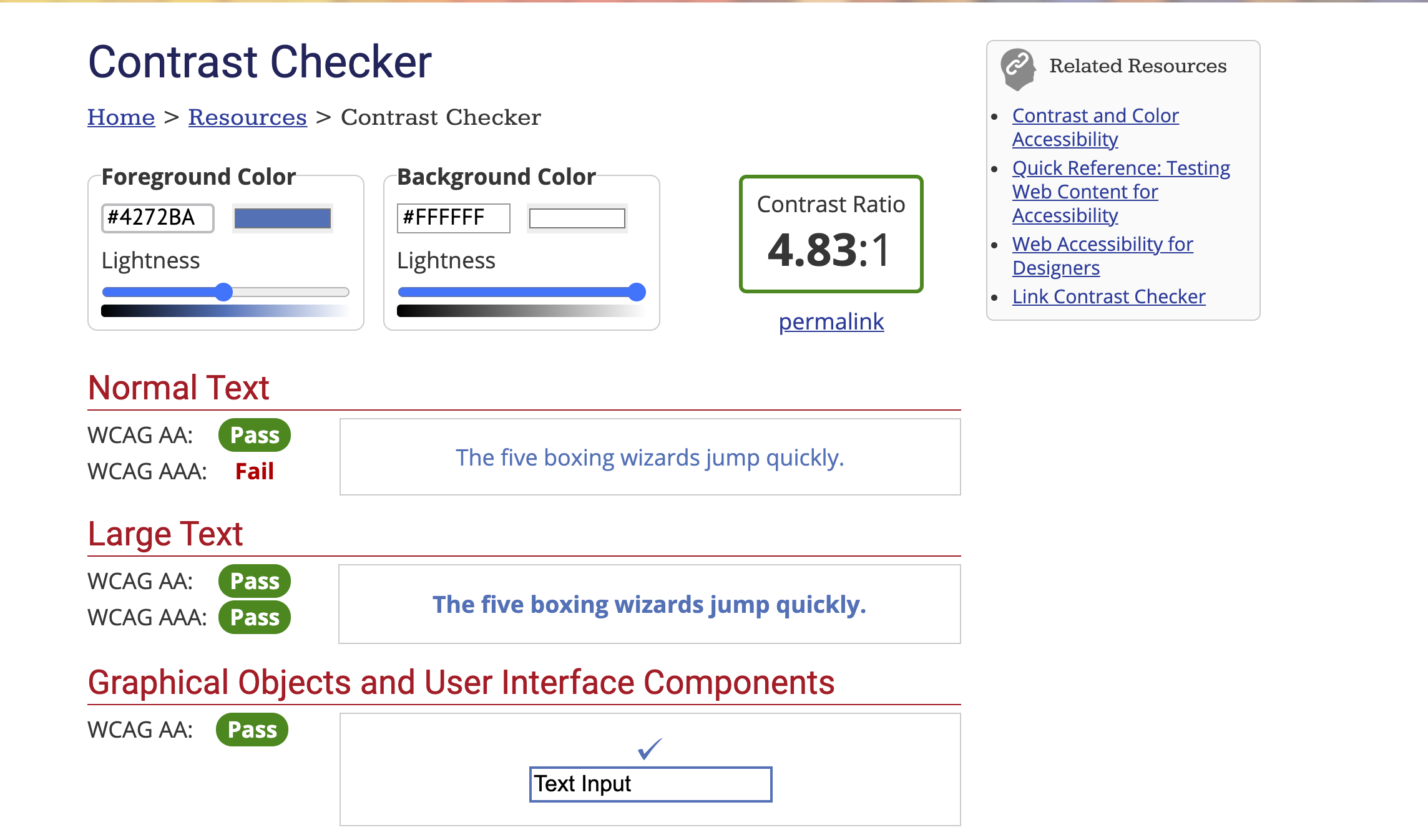Mayor’s Office of
Children & Family Success
Website Redesign
This UX/UI project was a long duration redesign of an outdated website along with new branding that required months of research and planning in order to maximize the reach potential of end users. Items considered included: restructure to sitemap, section 508 compliance with web contrast, custom CSS Google translate on all web pages, button hover state changes + unique identifying colors to match various assistance programs, search feature.
Competitive Audit
Before jumping into design, I first looked at other city organizations, both in the government and non-profit sector. Key considerations were: accessibility, ease of the navigation, search functionality and presentation of resources.
I looked at the New York Office of Children and Family Services. This site was within the larger NY government website, which meant that all of the information was condensed onto one page. The site was broken into key categories: Resources, News, Information and then a sitemap of many links. Since MOCFS was going to be a larger website, I still thought about the categories that the NY office called out and how MOCFS will feature them.
Flow
In rebuilding the sitemap, I worked closely with the Director of Communications. One of the things that I wanted to consider when restructuring the navigation and content flow was website analytics. Where are people going when they visit the current site and what information needs to be prominent and easy to find? I made sure to check these throughout the website redesign process. Data for August 2020 and November 2020 are below. What was clear is that visitors needed quick information for Eviction Prevention and Meals for Families.
Framing
In reframing the website, I wanted to make sure that the homepage captivated the user, inviting them into the website so that they felt certain that the services being offered to them came from a safe place they can trust. The analytics showed that many of the sites visitors were in need of assistance. I felt that a larger hero slideshow would create a personal connection for the visitor. I thought about the competitive audit of the NY office and how news and resources were prominent. I used data and research to inform the new framework of the homepage.
Homepage Before
Homepage After
Design
During the redesign of the website, MOCFS partnered with local design organization, Points North, to develop a new logo and branding for the agency. I used the new color scheme as the basis for the major components within the new site and made sure to check for WCAG AA and WCAG AAA because I knew that the current site failed. I worked with Points North through this process to align the website to their recommendations and brand direction.
Additionally, on the new site I added CSS on every page for Google translate. The 5 most common languages in Baltimore outside of English are Spanish, French, Korean, Mandarin and Arabic. Rather than recreating each page with a toggle between languages, I added the CSS so that any page can be translated into over 50 languages with the click of a button. I added this in the same location of each page directly under the hero image on the right side (image above on right).
Website Before
Section 508 Compliance - Contrast Check
Outcomes
There are several takeaways from this project that are worth mentioning. One is that the analytics of the site were invaluable to the restructuring of the sitemap. Using the data over several months to show user flow of the current site helped me in determining which information to give attention to on the homepage and how to reorient the navigation. Two is the update for contrast compliance and language translation capabilities on every webpage. Since this website sees a lot of traffic and provides necessary resources to the residents of Baltimore City, it is important that the information is easily accessible.
Another area of accessibility that needed work were the resources pages. The old site featured 3 separate webpages for each program. On the current site, the information is provided in a way that is more clear and easy-to-use and all on one page. The old Eviction Prevention webpage had a lot of text and was trying to reach multiple audiences: resident, community partners, other agencies, etc. It was cumbersome to navigate and hard to tell what was of use to the main user, the resident. The new site offers links for application and contact information, and the program press releases are now located on a separate Newsroom webpage. Lastly, adding a touch of the community on every page. The design thread throughout the website are various murals that exist(ed) in the city. Every main webpage features a mural as the page hero image so that the Baltimore City community has prominence throughout in a unique way.









